Make your client part of the team
By Drew Crowley (alum)
There are seemingly two approaches to working with clients in the creative field…
Approach #1
You tell us what you want, we go away for awhile and when we return, you get the thing you asked for (or something close to it). This is how things magically work in fictional universes like “Mad Men”.
Approach #2
You tell us what you want, then we ask you a bunch of questions. We discuss and draw then go away for a bit. We come back with napkin concepts—something really sketchy and loose. You tell us what isn’t working, give us ideas for things that will work. We go away, we come back, okay it looks better now, but what if we did this or that?, you say. We go away again, the iterative process continues, and ultimately you get the thing you want.
I’m not here to criticize approach #1, but the beautiful mess that is approach #2 has always felt, to me, like the most effective way to actually get to the core of what your client needs. And a critical element of that approach is making the client a part of your team.
Something I’ve come to appreciate about working at Tremendousness is the way our approach brings the client into the fold and truly makes them part of the process. Below are a few unspoken rules for how we involve the client—they don’t all happen all the time, but one or more of these happens in nearly every project we do.
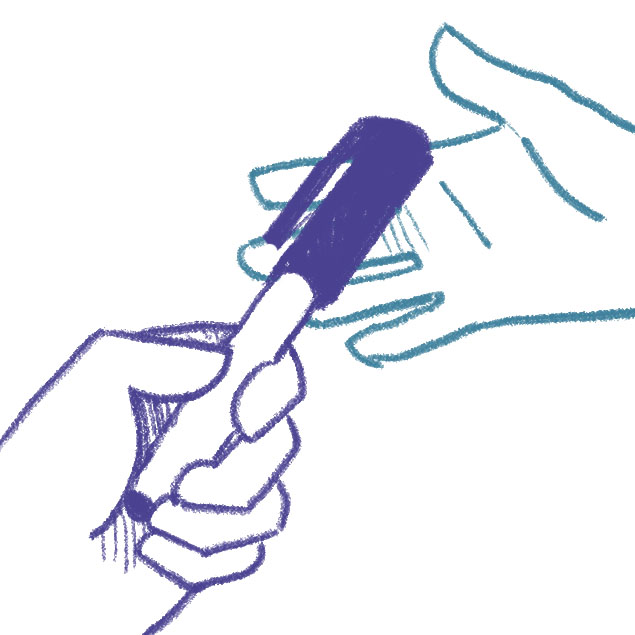 Give them the marker
Give them the marker
The phrase comes from our client workshops where we often encourage clients to draw out ideas (literally). It’s a great mindset for any stage of the process, though, and what it really means is to relinquish some creative control. As designers and facilitators it’s easy to get in the mindset that our ideas are the best ones or the most creative. But the more you welcome your clients into the creative process, the closer to the truth of their message you’ll get.
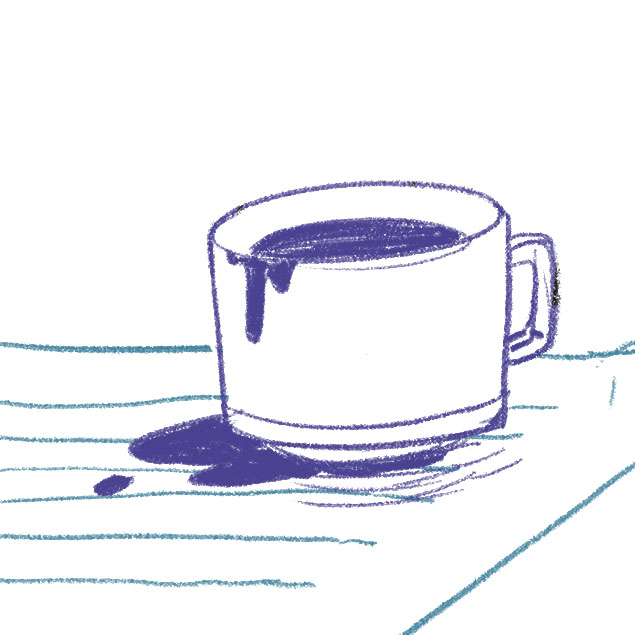 Share the mess
Share the mess
There’s a desire to put your best foot forward when presenting work to the client, and while I’m certainly not advocating one do the opposite, it doesn’t hurt to “show your work”. We keep things very basic early on in the process, and at times, messy. When the client has a sense that things aren’t complete or finalized, they’re more likely to give honest feedback or feel they have permission to ask for changes that will make the piece that much more accurate and effective.
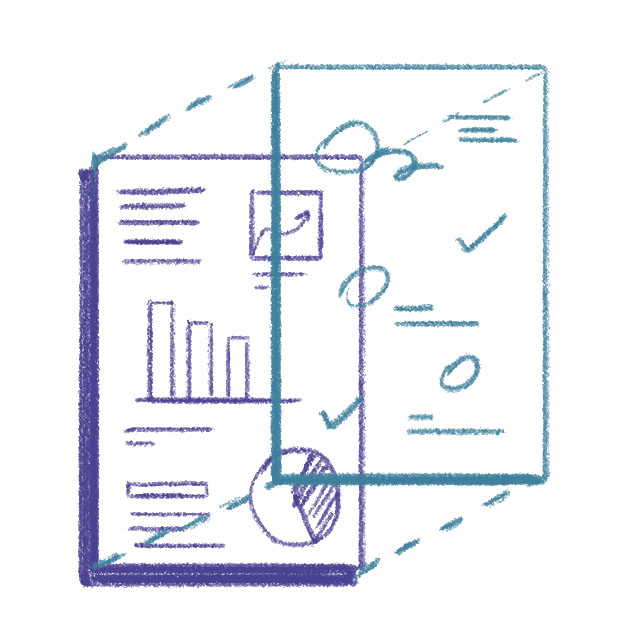 Explore alternatives together
Explore alternatives together
If you have the facility to edit your work live with the client, it’s sometimes beneficial to do quick and dirty edits. I don’t mind admitting it makes me INCREDIBLY uncomfortable to edit my work on the fly with the client watching. But sometimes capturing the spark of an idea in the moment can lead to really great things.
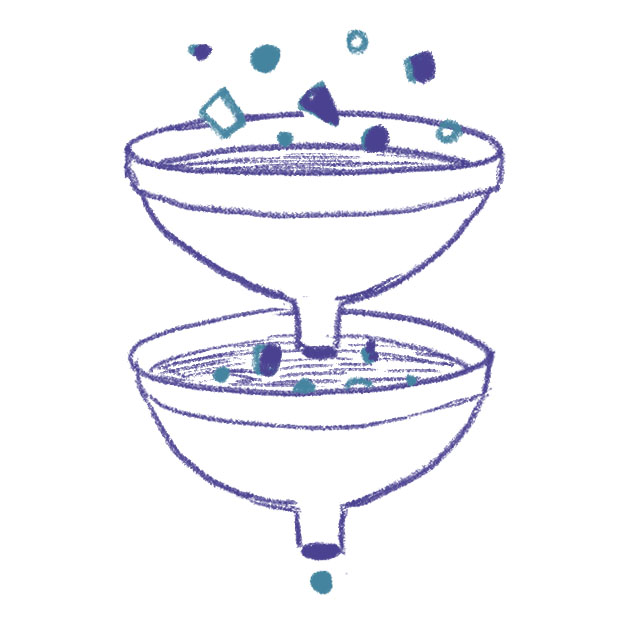 ABD (Always Be Discovering)
ABD (Always Be Discovering)
If at any point in the process, you feel like you’re missing information, don’t be afraid to go back to the beginning. Get out a marker and take 30 minutes to work through a new idea with your client. A regimented process can often feel like a freight train barreling down a track. A little bit of agility goes a long way in making your client feel confident you won’t miss the station.
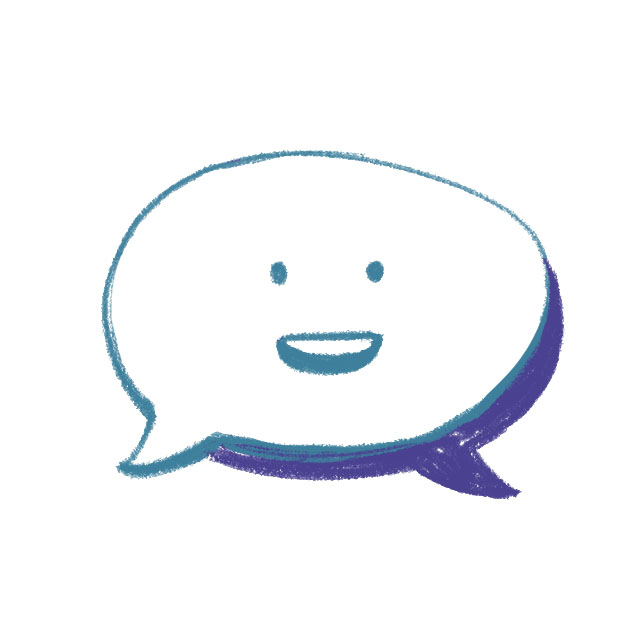 Have fun
Have fun
Okay, okay, I know! It’s corny. Easier said than done. But I guess what I really mean is keep in mind your client is a person. And they enjoy humor, friendliness, and even small talk. Professionalism is important, but perhaps not at the expense of humanism. This will go a long way toward making them a part of your team.
So on your next project give one or more of these a try. Building this kind of rapport with your client not only makes the overall process enjoyable but when challenges arise or difficult conversations need to happen, it’ll be that much more manageable. Because while two people may have conflicting goals, a team has one, and now you’ll both be working toward it.
There is no “client” in team—but there should be.
Illustrations by Christina Wang / Tremendousness
